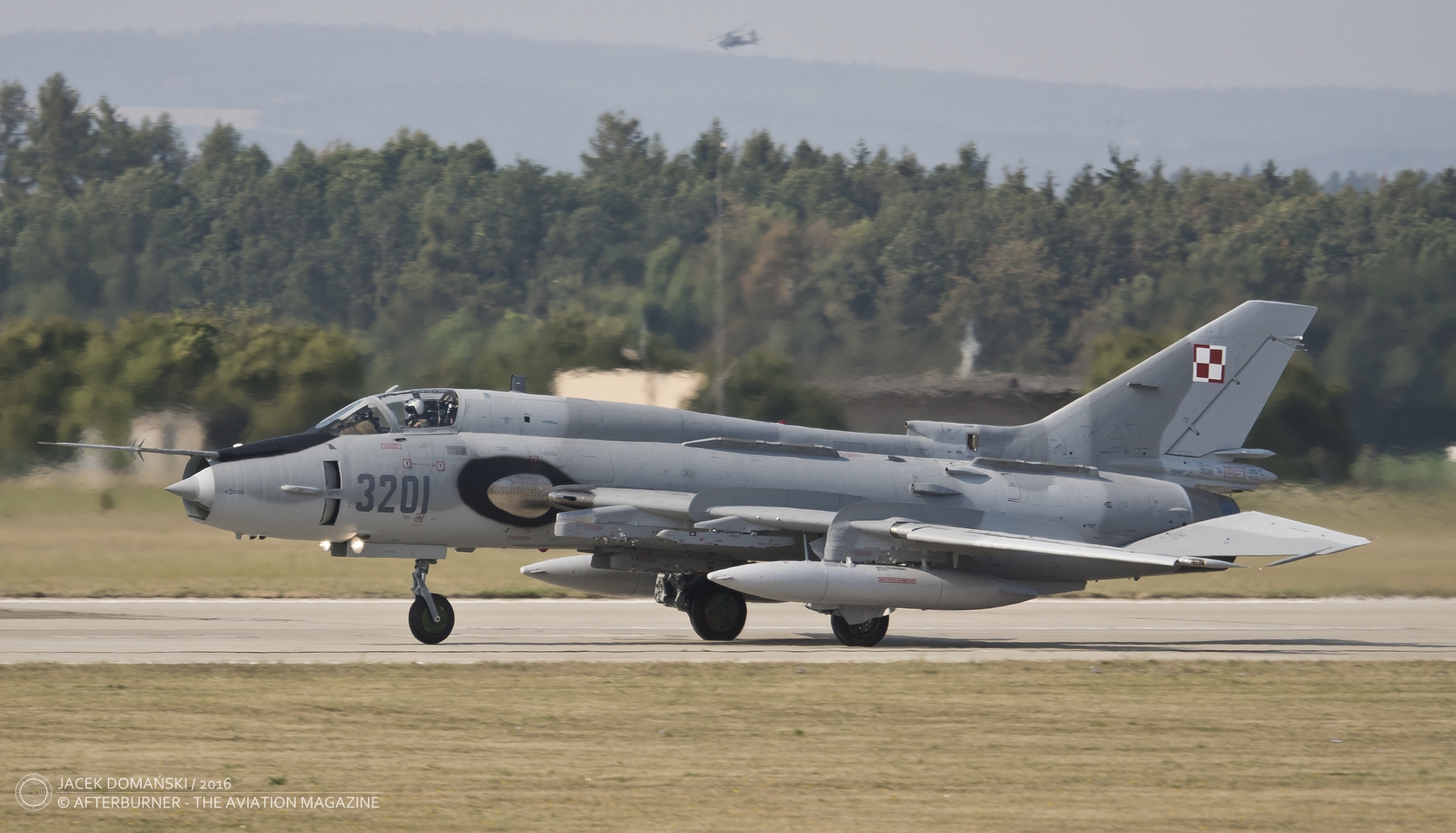
Maiden flight of Sukhoi PAK FA prototype, the aircraft also known as Sukhoi T-50 (company designation) and then as Su-57 (NATO reporting name: Felon, although unconfirmed).
The roots of a Russian new generation fighter programme are dating back to the late 1970s, when the first requirement for a new aircraft, expected to be operational beyond the 1990s, were issued. The next step was an MFI project (Multifunctional Frontline Fighter / многофункциональный фронтовой истребитель), which resulted in MiG 1.44 prototype. In the 1990s, two other programmes, called LFI (Light Frontline Fighter / легкий фронтовой истребитель) and LFS (Light Frontline Aircraft / легкий фронтовой самолет) were also launched and created a few interesting studies on an advanced fighter aircraft, made by both Sukhoi and Mikoyan companies.
The collapse of the Soviet Union and the lack of funds that followed, significantly slowed down the new fighter development. Although finally the prototype of MiG 1.44 performed its maiden flight in 2000, it was already nine years behind the schedule and shortly after the whole programme was cancelled.
Starting from the scratch again, another project was announced and called PAK FA (ПАК ФА – Перспективный авиационный комплекс фронтовой авиации), that can be translated into English as a ´prospective aviation complex for the frontline air force´ and was recognized as the official Russian term for 5th generation fighter programme.
In 2002, Sukhoi company was announced the winner of PAK FA competition and assigned the target of creating a new Russian fighter jet. As a result, RSK ´MiG´ stepped back, eventually abandoning all works on new designs and focusing on upgrades of MiG-29 – that after more than ten years of work finally led to MiG-35, so-called a ´4++´ generation fighter.
In the meantime, Sukhoi established a consortium of Russian enterprises to work on the new fighter, the preliminary design was presented and approved by the authorities in 2004, and the prototypes were expected to fly no later than in 2009. In addition, to make the transition between the generations smoother, several new ideas and upgrades were already implemented in subsequent versions of the Su-27/30/35 fighter.
Due to some delays in development, the maiden flight of PAK FA was postponed to 2010 and eventually was performed on 29th January that year. It was then expected that the pre-serial examples would be ready in two or three years and the serial production would be launched in 2016. The prototype of new Russian fighter was also for the first time disclosed to public, during MAKS-2011.
However, as it usually happens with new, sophisticated projects, the PAK FA programme faced a set of significant issues and the evaluation of prototypes took more time than expected. The Russian military authorities even announced in 2017, that the PAK FA project had to be slowed down, and Sukhoi should instead focus on further upgrades and development of Su-35S fighter.
Nevertheless, the works on the 5th generation fighter were continued all the time, although behind the schedule. It was reported that Su-57, as the aircraft was officially designated in 2017, were sent to Syria and were evaluated in real combat conditions. In addition, during the ´ARMY-2018´ forum in August, a first contract for two serial fighters was signed and delivery scheduled for 2019/2020.
And then the politics came into play. After a direct intervention of the President of Russia Vladimir Putin, the contract for 76 aircraft was signed in June 2019, with the subsequent partial deliveries scheduled for years 2019 – 2028. The consortium led by Sukhoi had no other choice then to press ahead with the development.
During the MAKS-2019 trade fair, a formation of four Su-57 was presented during the flying display and, in addition, the new Russian fighter had also debuted at the static display there. It was presented as a mock-up of a special, export variant designated Su-57E (and probably not offering the full range of features). During the fair and a few following months there were several rumours that Turkey and Algeria would be the first customers of Su-57E, but so far no purchase of the new Sukhoi fighter by any country was officially confirmed.
The first serial manufactured Su-57 was expected to be delivered yet in 2019 and everything seemed that this deadline would be met, but just until 24th December 2019. On this day, the aircraft considered as the first serial fighter, crashed during the test flight – fortunately the pilot ejected safely. This crash was an absolute brake upon Su-57 development and postponed the delivery of the first serial aircraft for another year.
An after-accident investigation proved a malfunction of the would-be first serial aircraft. As a consequence, several technical improvements were implemented in the production process and on the aircraft itself. Not to mention changes in management of the Sukhoi company. Finally, on 25th December 2020, the Russian media announced that the first serial Su-57 was delivered to the Russian Aerospace Forces. And that the second aircraft should follow in a few weeks.
However, and despite being a serial manufactured aircraft, the fighters from the first delivery batch are far from the final characteristics and configuration of the 5th generation. First of all, only a semi-stealth characteristics were reported, caused by the fact that Su-57 is still powered by AL-41F1 turbofan engines, belonging to the same family as powerplant used in Su-35S – as the target engine, Izdeliye 30 (Изделие 30), is yet under development and would not be ready until 2022. Other rumours are pointing that works on the defence and targeting systems were not fully finished.
Certainly, from our perspective we can neither confirm nor deny those rumours, as the details of the latest Russian fighter are, obviously, confidential. We just have to wait for Su-57 in its final configuration, follow the process of achieving a ´combat ready´ status and information that would be officially disclosed by the Russian MoD.



